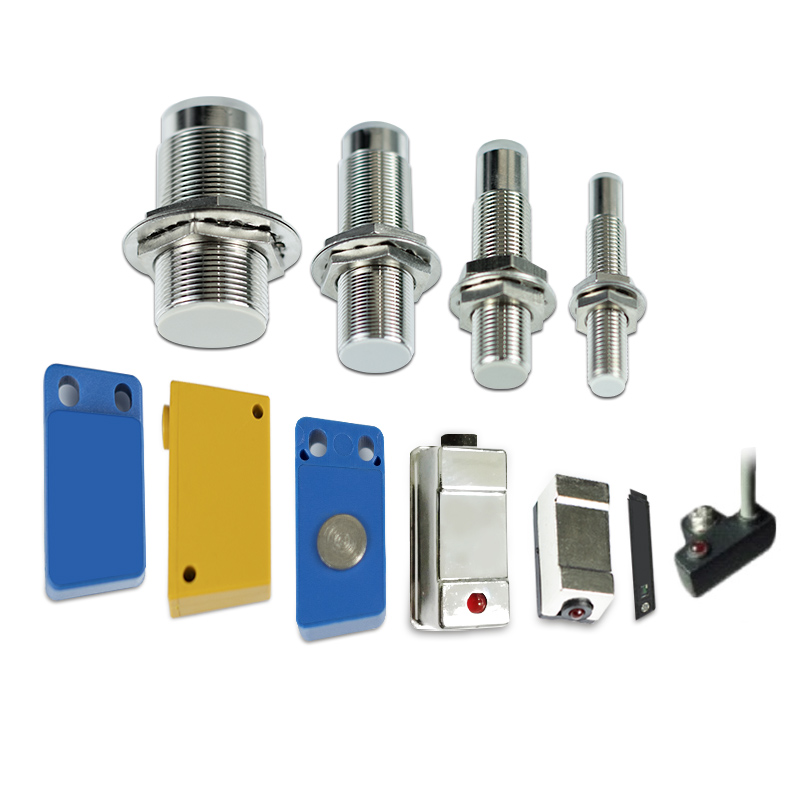
check

check

check

check
In recent years, with the rapid development of the Internet of Things and smart devices, more and more sensors have been widely used in our lives. There are a variety of sensors in the environment around us that sense and measure the things we come into contact with in different ways. In this article, we will introduce 20 common sensors, how they work and their applications in our daily lives.
1. Temperature sensor: This sensor can measure the temperature of the surrounding environment. They are widely used in air conditioners, heaters and thermostats to maintain comfortable room temperatures.
2. Humidity sensor: Humidity sensor can measure the humidity level in the air. They play an important role in bathrooms, greenhouses and weather stations.
3. Light sensor: The light sensor can detect the intensity of light. They are commonly used in automatic lighting systems, video cameras and the automatic brightness adjustment function of smartphones.
4. Pressure sensor: A pressure sensor can measure the pressure on an object. They are widely used in pressure gauges, automotive braking systems and medical equipment.
5. Acceleration sensor: This sensor can measure the acceleration of an object. They are widely used in smartphone screen rotation functions, motion trackers and car security systems.
6. Proximity sensor: Proximity sensor can detect the distance between the object and the sensor. They are widely used in automatic door opening systems, mirror adjustments and mechanical devices.
7. Omnidirectional sensor: Omnidirectional sensor can detect the direction and attitude of objects. They are widely used in navigation systems, aircraft and robots.
8. Fingerprint sensor: The fingerprint sensor can record and identify fingerprints. They are widely used in mobile phone unlocking, access control systems and identity verification.
9. Sound sensor: The sound sensor can detect the sound intensity in the surrounding environment. They play an important role in security systems, voice recognition equipment, and audio equipment.
10. GPS sensor: GPS sensor can accurately measure geographical location. They are widely used in navigation systems, mapping applications and vehicle trackers.
11. Magnetic sensor: The magnetic sensor can detect the strength of the magnetic field in the surrounding environment. They play a key role in compasses, magnetic sensors and geomagnetic navigation systems.
12. Gas sensor: Gas sensor can detect the gas concentration in the environment. They are widely used in gas detection, air quality monitoring and chemical experiments.
13. Shock sensor: A shock sensor can detect the vibration or vibration of an object. They play important roles in earthquake monitoring, smart home security systems and transportation equipment.
14. Touch sensor: The touch sensor can detect the contact between the object and the sensor. They are widely used in touch screens, electronic devices and smart home systems.
15. Water level sensor: The water level sensor can measure the level of liquid. They play an important role in water level control, washing machines and pools.
16. Oxygen sensor: The oxygen sensor can measure the oxygen content in the environment. They are widely used in medical equipment, oxygen detectors and ecological monitoring.
17. Infrared sensor: Infrared sensor can detect infrared radiation. They play a key role in infrared remote controls, security systems and night vision equipment.
18. Ambient light sensor: The ambient light sensor can measure the ambient light intensity in the environment. They play an important role in cameras, cell phones and fluorescent screens.
19. Vibration sensor: Vibration sensor can detect the vibration or shaking of objects. They are widely used in game controllers, mobile phone vibrations and wearable devices.
20. Vision sensor: Vision sensor can capture and process images. They play an important role in cameras, robot vision systems, and security monitoring.
The wide application of these sensors not only makes our lives more convenient, but also provides an important foundation for innovation in various fields. The rise of the Internet of Things allows these sensors to connect to each other and communicate with us over the Internet. As technology advances, we can expect to see the emergence of more new types of sensors that will further improve our quality of life.










